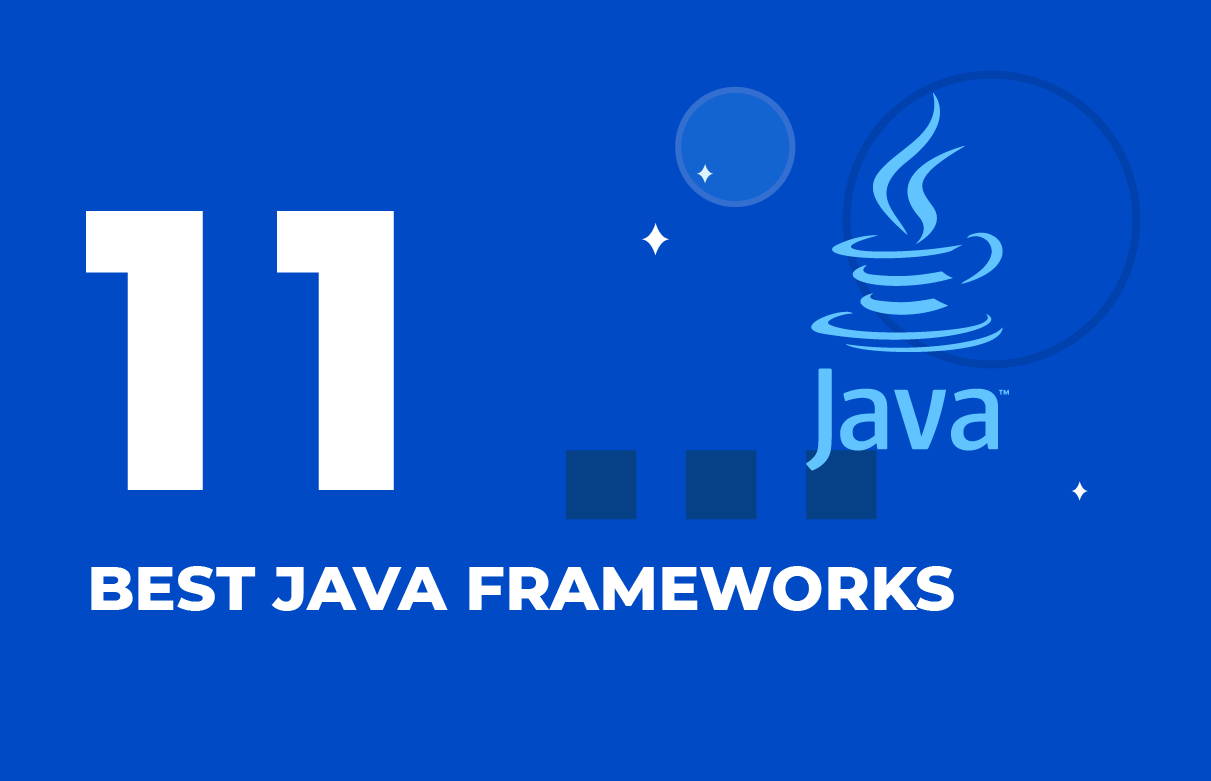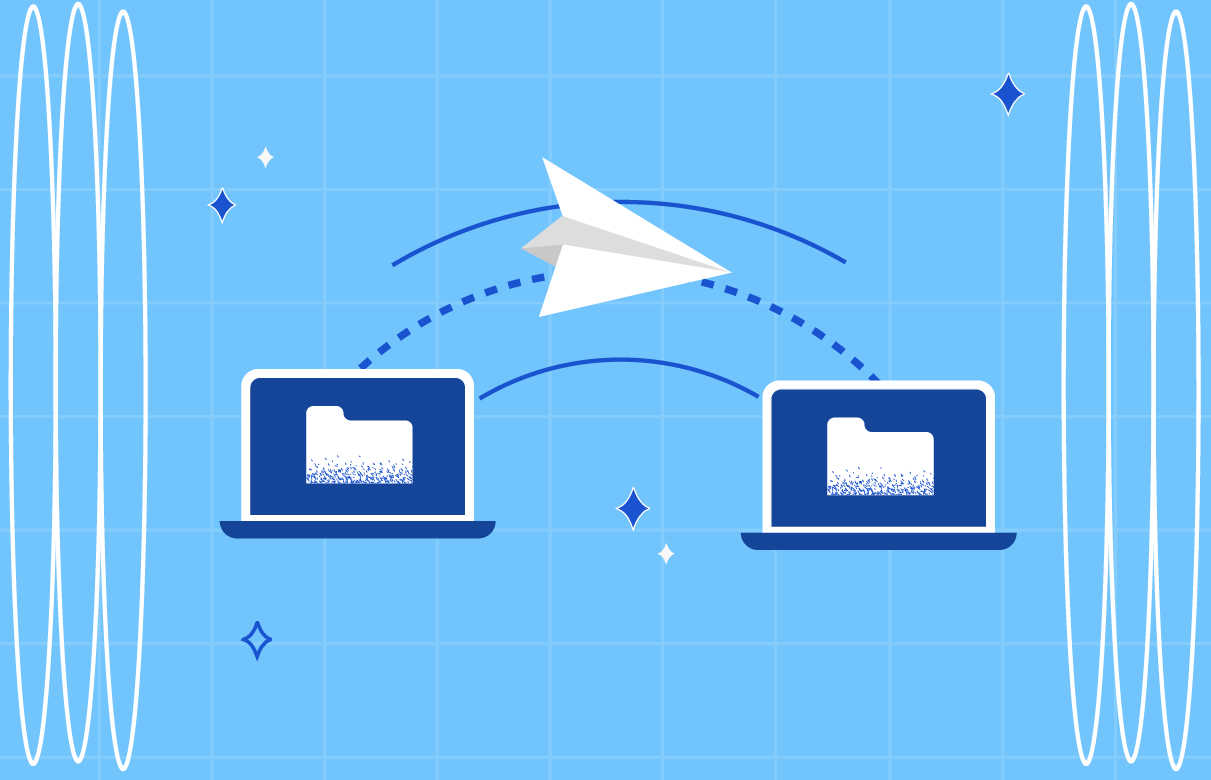The domain of software development is constantly evolving, influenced by emerging technologies, various external factors, and new societal demands. In this article, we analyze the latest software development trends poised to shape the industry in 2024.
Overview: Software Development Industry in Figures
Recent global turmoil, including the COVID-19 pandemic, has significantly impacted software providers. They have grappled with spending cutbacks, project delays, and staffing reductions, resulting in negative growth rates across the industry.
A positive shift occurred in 2021 as the IT sector returned to a growth trajectory. Both small and large enterprises recognized the necessity of transitioning to a predominantly digital landscape, where software solutions played a crucial role in shaping business processes and daily lives.
- According to research by Accelerated Strategies Group, 63.3% of business respondents highlighted that they prioritized accelerating digital transformation for their companies.
- In 2024, the software development market is projected to surpass its pre-pandemic position, with anticipated revenues reaching $698.80 billion.
- Statista predicts that the worldwide number of software developers will hit 28.7 million this year.
Despite the current trend in the IT industry leaning towards a return to office culture, more than 41% of developers continue to work remotely. Interestingly, around 54% of these remote workers assert that they are more productive when working from home, an aspect that is likely to spark an intense debate.
Develop your custom software with SaM Solutions’ engineers, skilled in the latest tech and well-versed in a wide range of industries.
Software Development Industry Trends for 2024
IT specialists and software developers create digital products to ensure sustainable and adaptable businesses. Let’s look at the technologies and strategies they use to achieve better results: AI and ML, progressive web apps (PWAs), Internet of Things, 5G technology, edge computing, blockchain, cybersecurity, cloud computing, low-code/no-code development, and quantum computing.
1. Artificial Intelligence and Machine Learning
Artificial intelligence (AI) and machine learning (ML) technologies are now a reality rather than a futuristic concept. Ground-breaking software solutions powered by AI and ML, capable of processing images, recognizing human speech, making predictions, and more, are now widely applied across various business sectors. For instance:
- Virtual assistants and chatbots play a crucial role in enhancing customer service and engagement in retail and healthcare sectors.
- Intelligent analytics services can precisely predict user patterns in eCommerce, while in manufacturing they assess machine performance.
- AI and ML algorithms are employed to analyze user behavior, detecting anomalies and ensuring the security of enterprise systems against cybersecurity threats.
TensorFlow, an open-source deep learning framework by Google, is currently the leading platform for building and training neural networks. It supports several programming languages, including Java, C++, and Python, runs on multiple CPUs, GPUs, and mobile operating systems, and has built-in intuitive APIs, ensuring efficient AI/ML development.
As per Statista, the global artificial intelligence market is expected to hit $305.90 billion in 2024. By 2030, the figure can reach $738.80 billion, showing an annual growth rate of 15.83%.
With the rise of special AI/ML libraries and frameworks, software engineering processes have also seen significant advancements. In particular, developers are leveraging these smart tools to automate repetitive programming tasks, thereby focusing more on creative aspects.
2. Progressive Web Apps (PWAs)
Progressive web apps (PWAs) are designed to be fast, reliable, and engaging, seamlessly integrating the best features of modern web and mobile technologies.
Initially, Google was the biggest supporter of PWA technology, though, technically, all the major platforms backed it. In 2023, both Apple and Microsoft gave a strong thumbs-up to this technology. This indicates that PWAs are gaining substantial support and securing their presence in the market for 2024.
Progressive web applications offer an unmatched user experience and enhance customer loyalty due to some key features:
- Faster loading times
- Cross-platform compatibility
- Native mobile look and feel
- No downloading is required
- Ability to work offline
- Push notifications
Investing in PWA technology is a forward-thinking approach for eCommerce businesses. Being highly flexible and modular, these applications can easily work with composable commerce services. Moreover, PWA cross-platform capabilities make them great for an omnichannel commerce strategy.
3. Internet of Things (IoT)
The Internet of Things continues to evolve, expanding opportunities for software providers and various business sectors. IoT is undeniably at the forefront of contemporary software development trends, with several key facets impacting the sector:
- The increasing adoption of 5G networks plays a pivotal role, ensuring faster and more reliable data transfer, thereby fostering more powerful and responsive IoT solutions.
- Concurrently, there’s a notable surge in reliance on AI and machine learning algorithms to derive meaningful insights from the vast amounts of data generated by connected devices. This not only enhances decision-making capabilities but also paves the way for predictive and prescriptive analytics.
- Security, a paramount concern in the IoT ecosystem, has seen significant advancements, with developers focusing on robust encryption protocols and authentication mechanisms to safeguard sensitive information.
4. 5G Technology
The implementation of 5G connectivity emerges as a leading technology trend in 2024, driven by its critical role in unlocking the full potential of IoT ecosystems. Launched in 2018, the fifth-generation (5G) mobile connectivity standard is now experiencing widespread adoption, promising major benefits, including low latency, high speed, ubiquitous coverage, and energy efficiency.
5G networks allow enterprises to increase the number of connected devices in their business processes and leverage value from faster data processing. Notably, 5G is fueling digital transformation across various sectors such as municipalities, healthcare, logistics, and manufacturing. The application of 5G becomes particularly crucial in facilitating remote surgery and maintenance of industrial machinery in hazardous conditions.
5. Edge Computing
Edge computing, which has a particular importance for IoT systems, is also among the key trends in software development. The edge computing market continues to grow exponentially.
According to Fortune Business insights, the global edge computing market size is projected to grow from $15.96 billion in 2023 to $139.58 billion by 2030.
In recent years, an increasing number of organizations have shifted their analytics and decision-making from centralized cloud platforms to the edge, closer to the data sources. This trend is driven by the recognition that data captured at the edge requires on-site processing, storage, and often, analysis. Relying solely on cloud-based applications is no longer viable due to cost implications, latency issues, and uptime constraints.
6. Blockchain
Gone are the days when blockchain technology was exclusively linked to cryptocurrency. Experts have noted a remarkable surge in the adoption of blockchain across diverse sectors. The appeal lies in its distributed, decentralized nature, offering unparalleled security and transparency for a wide array of transactions. Blockchain’s applicability extends well beyond fintech, finding relevance in various business domains:
- Supply chain monitoring systems in logistics, automotive, agriculture, and the oil and gas industry.
- Accounting software systems that ensure traceability of energy consumption.
- Platforms dedicated to protecting intellectual property.
- Software systems designed for secure electronic voting.
As a result, we anticipate a continuous influx of blockchain-based applications across different fields.
7. Cybersecurity
Cybersecurity is of unparalleled importance in the modern, increasingly digital world. With the pervasive integration of technology in every aspect of our lives, the necessity for robust cybersecurity measures has become more evident than ever. As cyberthreats continue to evolve in sophistication and frequency, organizations face unprecedented risks to sensitive data and infrastructure.
Shockingly, a 2023 report revealed that cyberattacks cost businesses worldwide an estimated $6 trillion, underlining the staggering financial losses of inadequate cybersecurity.
Moreover, the increase in remote work and the widespread adoption of IoT devices have expanded the attack surface, making comprehensive cybersecurity protocols indispensable. To navigate this landscape successfully, developers are not only focusing on fortifying software systems against traditional threats but also exploring innovative approaches, such as AI-driven threat detection and zero-trust architecture.
The emphasis on cybersecurity in 2024 reflects a proactive response to the escalating challenges.
8. Cloud Computing
The prevailing trend indicates that software development companies will continue to actively use cloud-native solutions for app development, team management, and communication. Software products and services hosted in public, private, or hybrid clouds are infrastructure-agnostic and can run on multiple servers, so any company can easily adopt them.
One key driver of the growing demand for cloud services and tools is the need to facilitate collaboration among distributed teams. Leveraging containers and microservices, cloud-native software solutions provide flexibility and scalability, significantly improving productivity.
9. Low-Code/No-Code Development
Software engineering is moving toward simplification, with a new approach to creating software solutions known as low-code/no-code (LCNC) development.
LCNC platforms enable practically anyone to develop software without traditional coding via graphical user interfaces and configuration. Such programming environments have great potential because they allow people to implement their ideas into digital solutions, even with limited or no software development skills.
- 80% of respondents believe that the low-code approach can free up developers so that they can focus on higher-level projects.
- 72% of low-code developers reportedly create software apps twice as fast as those using traditional development methods.
- The global value of the low-code development platform market is projected to be $46.4 billion by 2026, growing at a CAGR of 25% during this period.
Although some developers remain skeptical about the low-code development approach, it brings a range of benefits including reduced manual labor, cost and time savings in software creation, and a lowered barrier to entry into software development.
10. Quantum Computing
Superposition and entanglement represent fundamental quantum-mechanical phenomena utilized in quantum computing for data operations. The capability to execute specific calculations faster than classical computers stands out as a primary advantage of quantum computing. Consequently, this technology has the potential to revolutionize our approach to solving intricate tasks, including cryptography, optimization, machine learning, and simulation.
Sectors like finance, healthcare, logistics, and energy, can leverage quantum computing to address challenges that are currently deemed insurmountable for classical computers. Examples include simulating the behavior of complex systems, deciphering encryption codes, and optimizing large-scale logistics networks.
The development of quantum computing technology is still in its nascent stages. Tech companies and research organizations are actively engaged in constructing quantum computers and refining quantum algorithms and software tailored for their operation.
Why You Should Choose SaM Solutions as Your Software Development Provider
In IT since 1993, SaM Solutions offers professional custom software development services to clients across all industries.
SaM Solutions is an international outsourcing software development company with over three decades of hands-on experience in various domains. We specialize in developing custom and platform-based software and offer a full spectrum of services, including IT audit and consulting, legacy system modernization, cloud migration, and more, catering to startups, SMBs, and large corporations worldwide.
Our key expertise includes eCommerce development, IoT and embedded development, mobile app development, QA services, DevOps services, and more.
Summing Up
The software development industry is in a state of continuous transformation, with emerging tools and technologies coming to the forefront while others become obsolete. To remain competitive in this digitalized world, businesses must stay abreast of current trends and quickly incorporate new technologies into their processes.
In 2024, software providers should pay particular attention to artificial intelligence, machine learning, blockchain, IoT, and edge computing to keep up with the competition.



















 The Latest 15 Information Technology Trends in 2024
The Latest 15 Information Technology Trends in 2024 Top 10 Embedded Software Development Tools
Top 10 Embedded Software Development Tools IaaS vs. PaaS vs. SaaS: What’s the Difference?
IaaS vs. PaaS vs. SaaS: What’s the Difference? IoT Development: Top 15 Internet of Things Tools and Platforms in 2024
IoT Development: Top 15 Internet of Things Tools and Platforms in 2024 10 Examples of Predictive Analytics
10 Examples of Predictive Analytics











